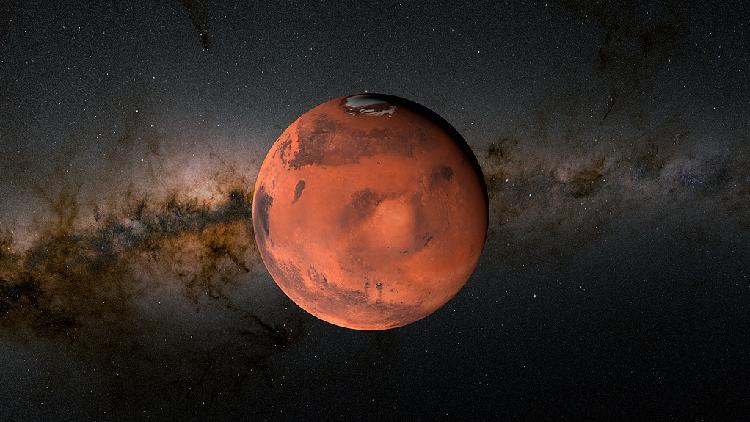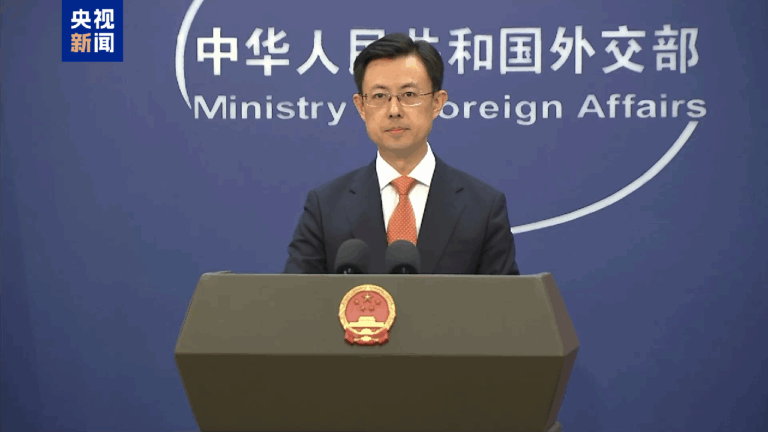
Chinese researchers are making significant strides in energy generation and storage on Mars, aiming to utilize local resources to support long-term exploration and habitation efforts. A study from the University of Science and Technology of China (USTC) proposes harnessing the Martian atmosphere as a power-generating medium, likened to the ‘blood’ of the system.
According to Shi Lingfeng, a USTC researcher, the Martian air demonstrates effective heat-to-electricity conversion due to its large molecular weight and high specific heat capacity. By employing carbon dioxide, which constitutes over 95% of Mars’ atmosphere, researchers assert that power generation efficiency can improve by 20%, while maximum power density could increase by 14%. This resourceful approach signifies a major step towards establishing a self-sufficient Mars research station.
In addition, the team has suggested an innovative concept of a “Mars battery,” which utilizes the active components of the Martian atmosphere to generate and store energy for probes and other missions. This battery combines electrical, light, and thermal energies, mimicking the principles of lithium-air and lithium-carbon dioxide batteries. Initial tests show encouraging results, with the battery functioning effectively even at Martian temperatures as low as zero degrees Celsius.
The use of the Martian atmosphere for energy solutions not only simplifies battery design but also bolsters China’s resolve in sustainable space exploration. With plans for the Tianwen-3 probe to launch by 2028 and return Martian samples by 2031, these advancements signal a bright future for China’s missions to Mars.
Source: news.cgtn.com






